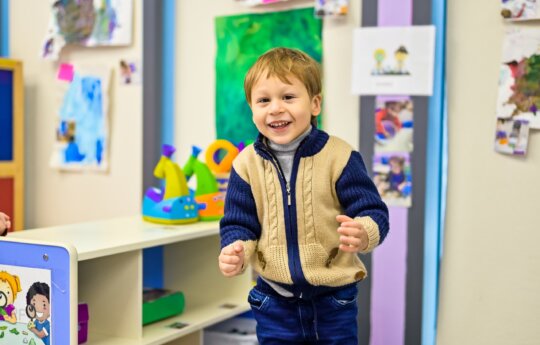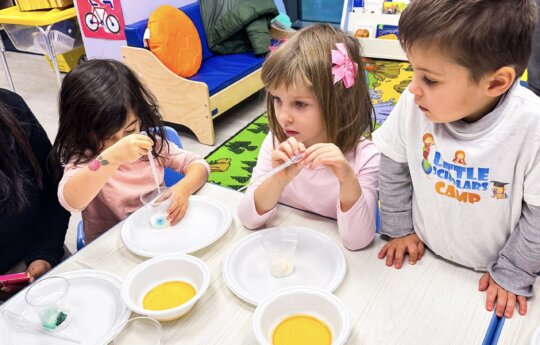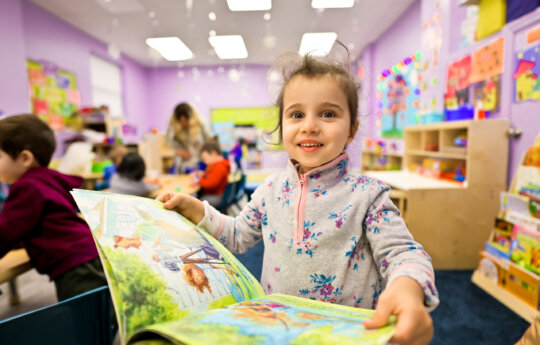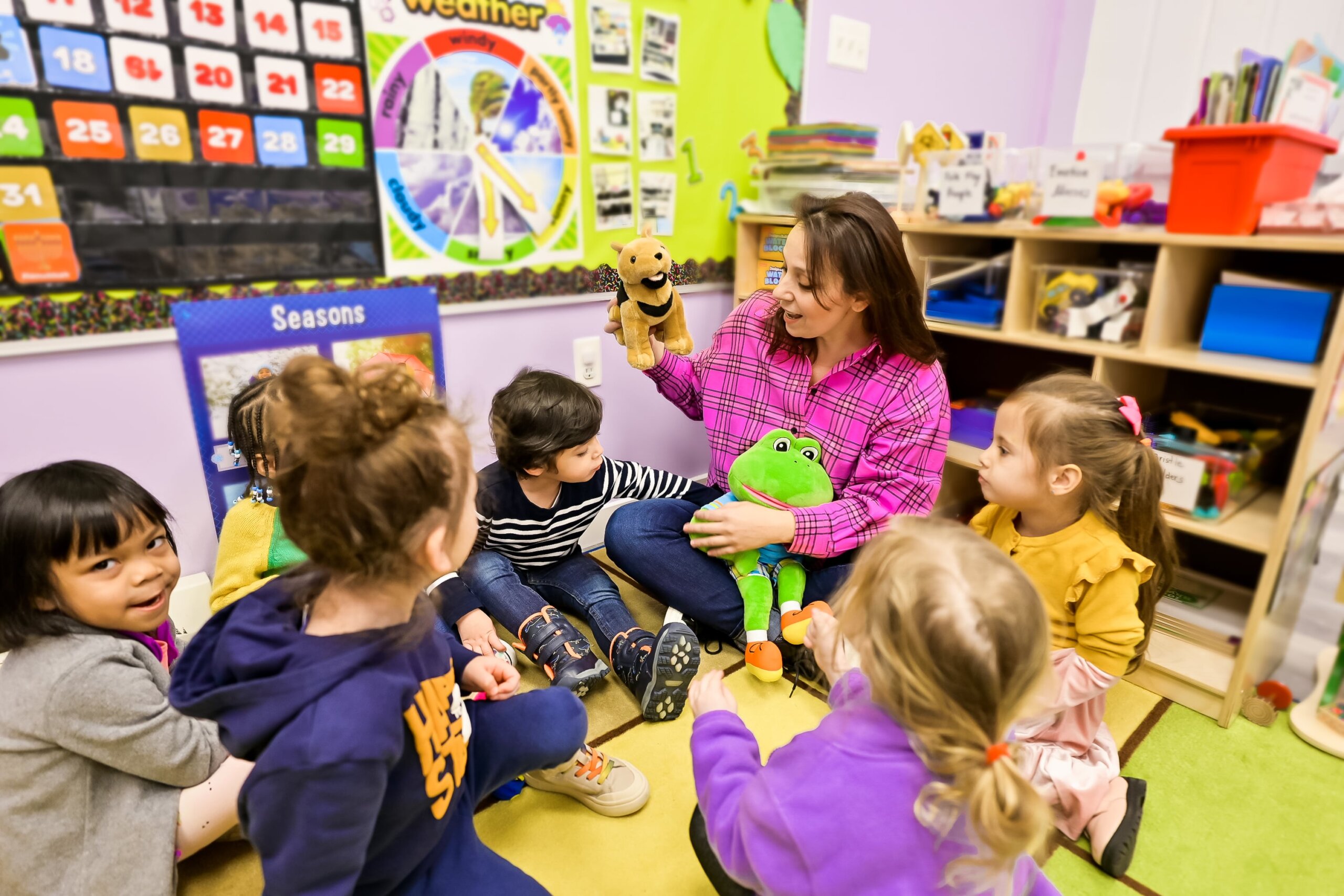
World Storytelling Day, observed annually on March 20th, is a cherished event dedicated to the art and soul of storytelling. This day brings to light the age-old tradition of sharing stories, emphasizing its importance in fostering connection, understanding, and cultural heritage across the globe. Storytelling, an intrinsic part of human communication, serves as a powerful tool to educate, entertain, and bond individuals of all ages.
At Little Scholars, World Storytelling Day offers a splendid opportunity to ignite young imaginations, teach valuable lessons through narratives, and encourage the early development of language and listening skills. The day celebrates the magic of stories, highlighting their role not just as a form of entertainment but as a means to carry forward the wisdom and experiences of generations!
How World Storytelling Day is Celebrated Around the World
World Storytelling Day is celebrated with great enthusiasm and diversity across the globe, as communities and cultures come together to share and revel in the art of storytelling.
Canada and the United States
In North America, particularly in Canada and the United States, libraries, schools, and cultural centers come alive with storytelling sessions and workshops. These events are designed to engage community members of all ages, highlighting the importance of storytelling in cultural continuity and education.
Sweden
In Sweden, the cradle of World Storytelling Day, the event is celebrated with storytelling festivals where professional storytellers enchant audiences in public spaces, sharing tales rich in Nordic tradition.
Australia
Australia observes World Storytelling Day by hosting interactive storytelling activities in various venues, including parks and community halls. These events often focus on Aboriginal storytelling traditions, connecting participants with the continent’s ancient cultural heritage.
India
In India, World Storytelling Day is marked by embracing the country’s diverse narrative traditions, such as Kathakali. Storytellers in colorful costumes bring to life epic tales and folklore, celebrating the rich oral heritage of the region.
Japan
Japan celebrates with its unique form of storytelling, Kamishibai, a paper theater style that combines visual art and narration, captivating audiences and preserving the nation’s storytelling customs.
Each of these countries, with its distinct celebrations, highlights the universal value and appeal of storytelling, showcasing its ability to bridge cultures and generations on World Storytelling Day.

World Storytelling Day Activities
Celebrating World Storytelling Day in a daycare setting can be a magical experience, filled with activities that entertain and contribute to early childhood development. Here’s an overview of engaging activities to mark this day.
Story Circles
Create a cozy atmosphere where children can sit together and listen to stories narrated by teachers, parents, or guest storytellers. This activity enhances listening skills and imagination.
Interactive Storytelling
Engage children in storytelling by using props, costumes, and puppets, making stories come alive and encouraging interactive participation.
Storytelling Workshops
Organize workshops where children can learn to create their own stories, helping to develop their language skills and creativity.
Themed Story Hours
Choose stories based on themes like adventure, fairy tales, or nature to expose children to different genres and cultures.
Digital Storytelling Sessions
Incorporate technology by using apps or online platforms to tell stories, connecting children with storytelling traditions from around the world.
Craft and Story Combo
Combine storytelling with craft activities related to the story’s theme, enhancing comprehension and providing a hands-on learning experience.
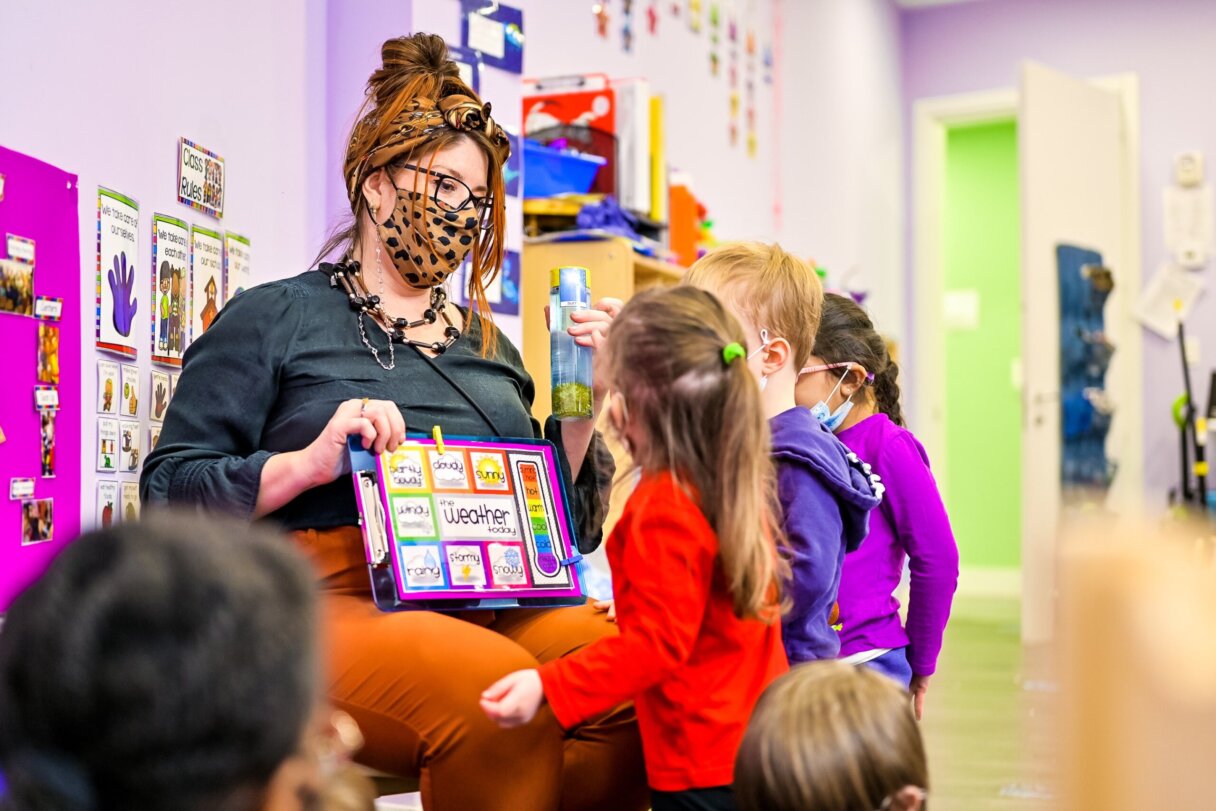
Storytelling Games for Kids
Story Dice
- Game Description: Story dice are cubes with pictures or words on each side. Players roll the dice and then create a story that includes the elements shown on the dice faces.
- How It’s Played: It’s a flexible game that can be played individually or in groups, encouraging imagination as children weave together a narrative based on the rolled images or words.
Once Upon a Time
- Game Description: A card game where players use cards in their hand, which feature different story elements and plot points, to create a story together.
- How It’s Played: Players take turns adding to the story using their cards to steer the tale to fit their secret ending card. It encourages strategic thinking and creativity.
Storytelling Prompt Jars
- Game Description: Jars filled with prompts on slips of paper. Each slip has a character, setting, object, or plot idea.
- How It’s Played: Children draw a slip from each jar to get elements for their story. This game sparks creativity by providing random story components that children must connect in a coherent narrative.
Finish the Story
- Game Description: One person starts a story with a sentence or two, then passes it to the next person to continue, with each participant adding to the story.
- How It’s Played: This can be done orally in a circle or written down, passing a piece of paper around. It promotes collaboration and helps develop listening and sequential thinking skills.
Storyboard
- Game Description: A visual storytelling game where children draw or use cut-out images to create a sequence of scenes that tell a story.
- How It’s Played: Each child or group creates a series of scenes on paper or a board, narrating the story as they go. This game enhances visual thinking, planning, and narrative skills.
Pictionary Storytelling
- Game Description: Similar to traditional Pictionary but with a storytelling twist. Instead of guessing individual words, players guess parts of a story from drawings.
- How It’s Played: Players draw scenes or elements of a story, and others guess to unfold the narrative. This game encourages visual expression and helps in understanding story structure.
Storytelling Stories for Kids
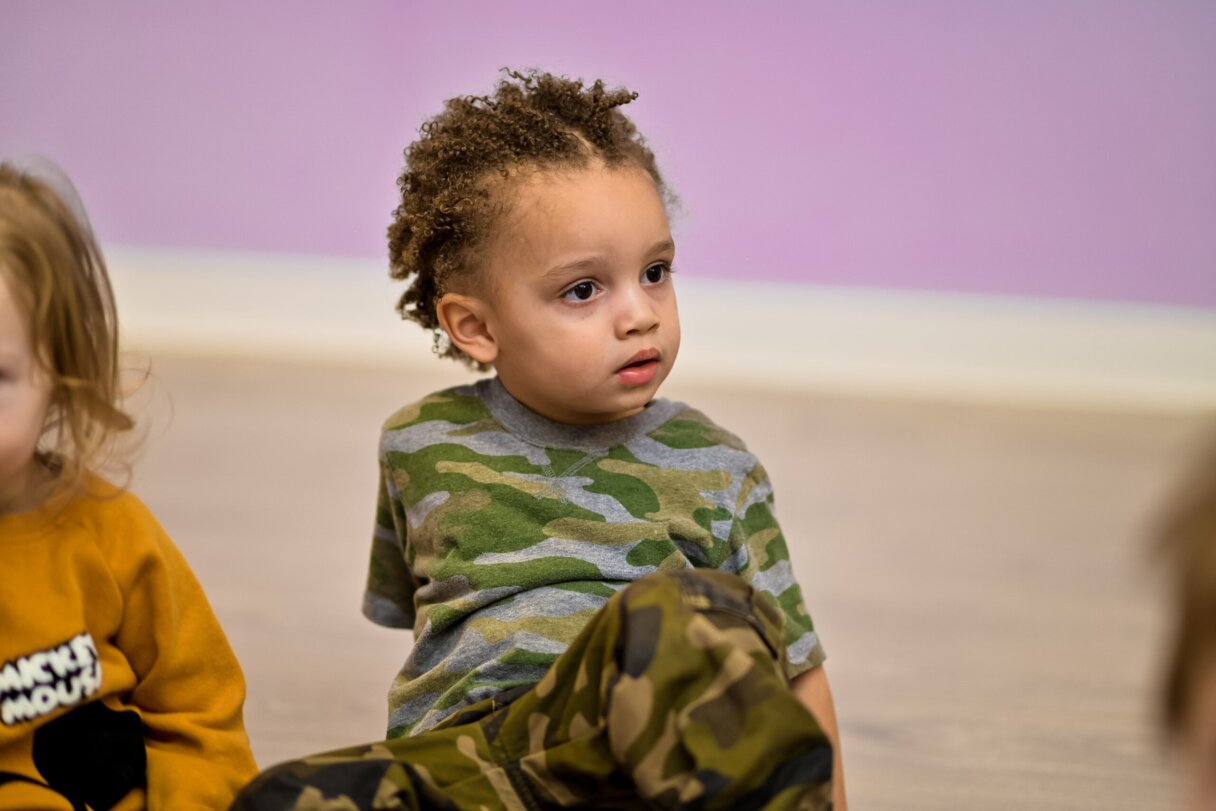
Storytelling for Toddlers
Toddlers respond well to simple, repetitive stories, and filled with rhythmic language and sounds. Here are some storytelling stories ideal for toddlers:
- “Brown Bear, Brown Bear, What Do You See?” by Bill Martin Jr. and Eric Carle: A classic repetitive pattern story that introduces colors and animals, perfect for toddlers to join in and read along.
- “Goodnight Moon” by Margaret Wise Brown: A calming bedtime story with gentle words and soothing rhythms, ideal for settling toddlers down.
- “The Very Hungry Caterpillar” by Eric Carle: This story offers a colorful and engaging narrative about a caterpillar turning into a butterfly, teaching days of the week and counting.
- “Where’s Spot?” by Eric Hill: An interactive lift-the-flap book that encourages toddlers to search for Spot, the mischievous puppy, fostering problem-solving skills and engagement.
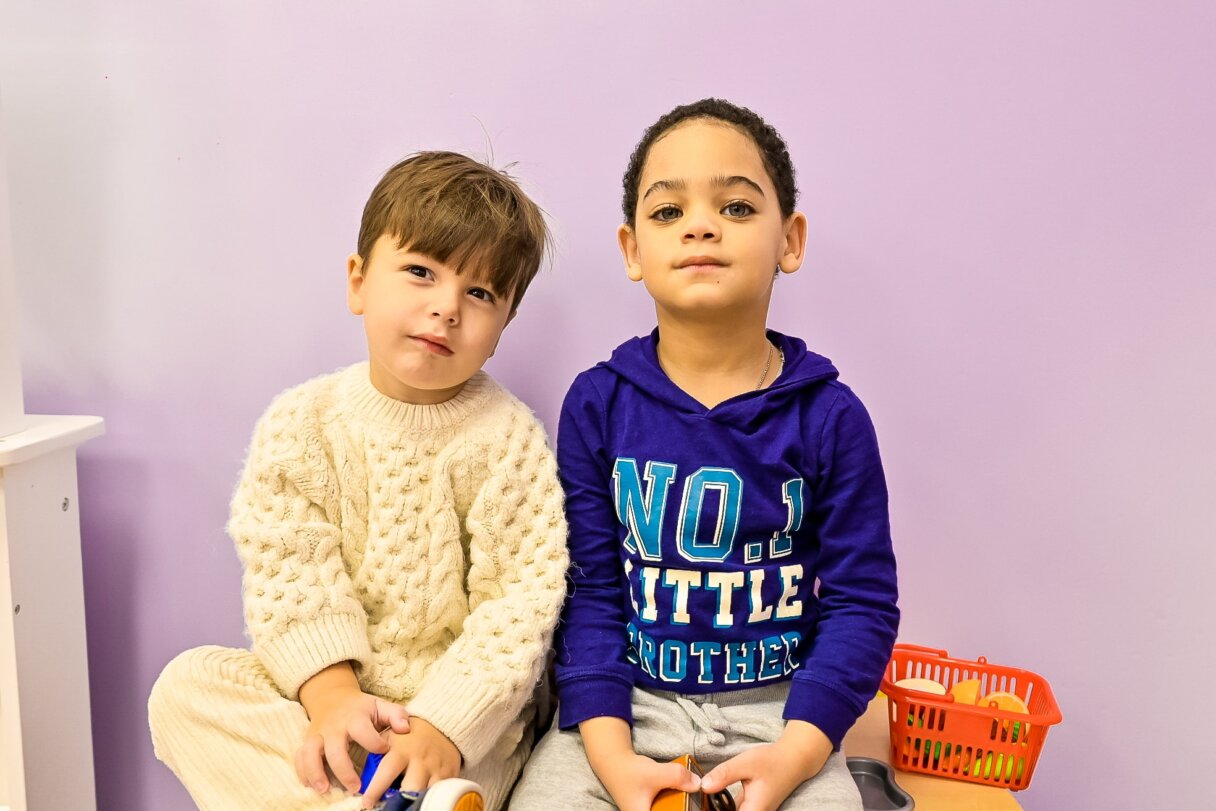
Storytelling for Preschool Children
Preschoolers can handle more complex narratives and enjoy stories with a bit of a plot, humor, and moral lessons. Here are some engaging stories for preschool-aged children:
- “The Gruffalo” by Julia Donaldson: A clever mouse uses its wits to outsmart predators, offering a delightful story with rhymes and a smart plot.
- “Corduroy” by Don Freeman: This story of a small teddy bear looking for his missing button in a department store overnight captures themes of friendship and adventure.
- “The Rainbow Fish” by Marcus Pfister: A beautiful fish learns about sharing and happiness, providing a story with a moral lesson and stunning illustrations.
- “Goldilocks and the Three Bears” (Traditional): This classic tale, with its repetitive and predictable text, is great for teaching sequencing, moral lessons, and the concept of size and quantity.
These stories are tailored to the developmental stages of toddlers and preschoolers, promoting language development, emotional intelligence, and a love for reading and listening.
Educational Storytelling Tools
Storytelling is a powerful educational tool that can enhance learning and development in children. Children can improve their language skills, creativity, and comprehension by integrating storytelling with educational activities. Here’s a closer look at how educational storytelling tools, particularly storytelling worksheets, can aid learning and reputable resources that combine learning with play.
Storytelling Worksheets for Kids
- Purpose and Benefits: Storytelling worksheets are designed to guide children through the process of creating and understanding stories. They often include prompts for character development, setting description, plot construction, and moral lessons. These worksheets help children organize their thoughts, expand their vocabulary, and enhance their narrative skills.
- How They Aid Learning: By completing these worksheets, children practice writing and storytelling in a structured format, which improves their literacy and communication skills. They also stimulate imagination and encourage critical thinking as children decide how to develop their stories.
Reputable Resources Combining Learning with Play
- StoryJumper: An online platform where children can create, illustrate, and publish their own stories. It provides a playful and interactive environment for story creation.
- Little Bird Tales: A user-friendly app allowing kids to create digital stories using their artwork and voice. This tool is excellent for combining artistic expression with narrative skills.
- Make Beliefs Comix: Enables kids to create their own comic strips, offering a playful way to tell stories while practicing language and sequential thinking skills.
Incorporating these educational storytelling tools into a child’s learning routine can make the educational process enjoyable and effective. Worksheets and online resources enhance storytelling skills and integrate learning with play, making them invaluable tools in a child’s developmental journey.
Conclusion
Storytelling holds a special place in the hearts and minds of children and adults alike. For preschool children, storytelling is not just a source of amusement; it’s a vital educational tool that aids in language development, fosters creativity, and cultivates empathy. Across all age groups, storytelling enriches the imagination and nurtures a deeper understanding of the world and its diverse cultures.
As we celebrate World Storytelling Day 2024, we can foster a love for storytelling that transcends generations. Additionally, we encourage participation in National Tell a Story Day, further embedding the value of storytelling in our lives and communities! Let’s embrace these opportunities to weave together tales of adventure, wisdom, and wonder, continuing the legacy of storytelling as a fundamental human experience that connects and enlightens us all.
Join us at Little Scholars Daycare for a world of stories, learning, and fun! Enroll your child today and let them embark on a journey filled with imaginative storytelling, creative play, and educational growth. Discover the Little Scholars difference, where every day is an adventure in learning and laughter. Contact us now to secure your child’s spot in our vibrant community!

